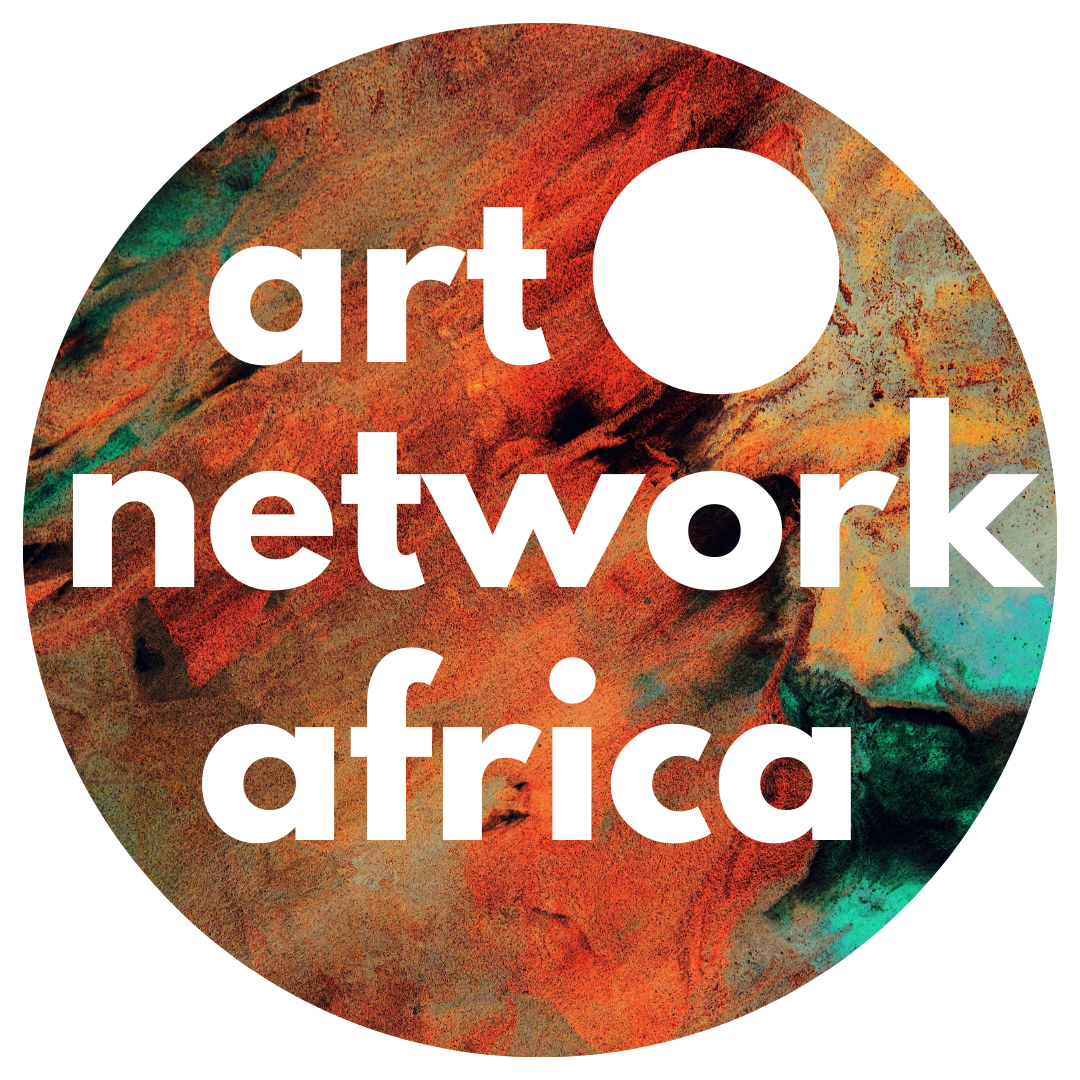Art stands as a resounding echo of cultural narratives, memory, and meaning—carrying the weight of centuries shaped by indigenous knowledge systems, cosmologies, oral traditions, and lived experiences. For many African artists today, engaging with these narratives is not just an act of reflection but one of active construction. Through their work, they confront inherited frameworks, spotlight the enduring power of communal systems, and give form to the layered meanings embedded in language, movement, memory, and material.
Their practices resist the reductive gaze often cast upon the continent, offering instead textured perspectives that honour complexity and affirm the richness of cultural life. These exhibitions do more than display—they unearth, they critique and they celebrate. They become spaces where artistic expression intersects with cultural memory, and where form and medium serve as vessels for truth-telling and insight.
In this article, we explore three exhibitions in which African artists take on this role with clarity and purpose—shaping cultural narratives not as passive inheritors, but as deliberate storytellers of the present.
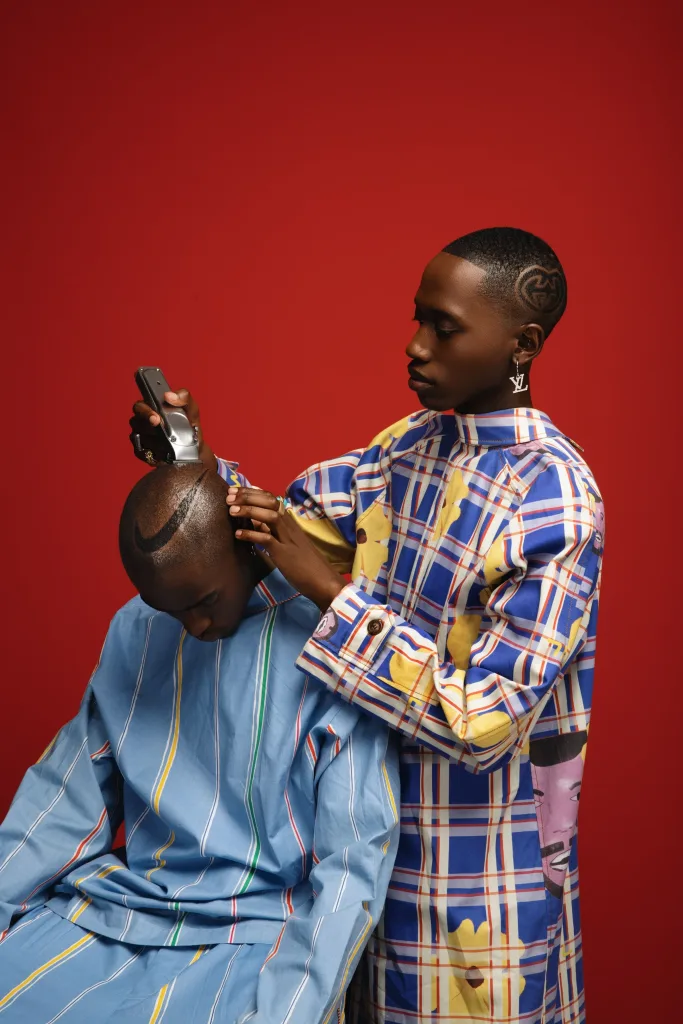
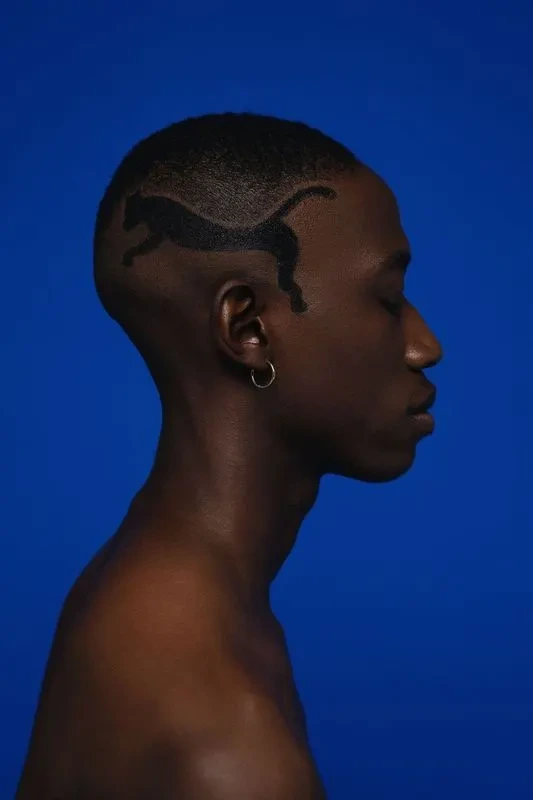
1. “Your Beauty Is Our Concern” by Trevor Stuurman at THK Gallery:
In his debut solo exhibition at the THK Gallery, Trevor Stuurman offers more than a photographic showcase—he opens a portal into how beauty, tradition, and identity intersect across African cultures. Titled Your Beauty is Our Concern, this visual journey (running from the 24th of April to the 30th of May, 2025) exemplifies how contemporary African artists like Stuurman are reshaping global cultural narratives through deeply personal and communal lenses.
At the heart of the exhibition is an interrogation of beauty—not merely as appearance, but as ritual, inheritance, and resistance. Stuurman draws from traditional hair-making practices—braiding, cutting, and styling—as both subject and metaphor. In doing so, he constructs a dual narrative: one of vibrant aesthetic ritual and another of quiet but powerful social commentary. His work reflects a dynamic interplay between tradition and modernity, where ancestral knowledge finds new life in contemporary expression.
The photographs consist of two distinct modes: stylized portraits and documentary-style scenes from salons and barbershops. This contrast captures both the performance and authenticity of beautification. While the former is crafted with deliberate artistry, the latter reveals intimate, lived experiences in spaces central to African community life. Salons and barbershops here are not just backdrops—they are cultural sanctuaries where politics, aspirations, and identity are negotiated daily. In like manner, by engaging with global fashion symbols like Gucci and Nike, he reflects the layered identity of modern African creatives—rooted in history yet dynamically engaged with the present.
Stuurman’s background—growing up in Kimberley, South Africa’s former mining capital—infuses the exhibition with a sense of rootedness. His formal education in performance and motion picture blends with his fashion and artistic sensibilities, allowing for a multidimensional take on African beauty. His work celebrates colour, belonging, and love, all of which serve as antidotes to cultural erasure. Additionally, Your Beauty is Our Concern echoes Author Christina Sharpe’s notion of Beauty is a Method — beauty is an avenue for transformation and freedom.
Stuurman’s photographs don’t just depict beauty; they argue for its necessity. They propose that claiming beauty is an act of resistance against historical and systemic denial, and a means of shaping new cultural realities. Through this body of work, Trevor Stuurman offers more than art—he offers a mirror for how African narratives can be told: visually rich, emotionally resonant, and unapologetically complex. His exhibition is a reminder that beauty is not frivolous; it’s a powerful language of survival, memory, and self-definition.
2. “Echoes of the Nile” by Data Oruwari at South Side Contemporary Art Gallery:
Data Oruwari’s Echoes of the Nile premiered virtually on the 23rd of April, 2025 at the Harvard Divinity School’s Evolution of Spirituality conference, and opens in person from the 1st to the 30th of August, 2025, at the South Side Contemporary Art Gallery in Richmond, VA. This exhibition invites viewers into a journey where the ancient and modern converge. Across 44 oracle cards rendered in black and gold ink on archival paper, her delicately stippled work bridges ancestral iconography with clean, minimalist compositions. Each piece feels like a contemporary hieroglyph, timeless in its roots yet unmistakably pertinent to the present, reminding us that the Laws of Ma’at (Truth, Balance, Reciprocity, Harmony, Order, Justice, Propriety, and so on) remain relevant guides for today’s spiritual and social quests.
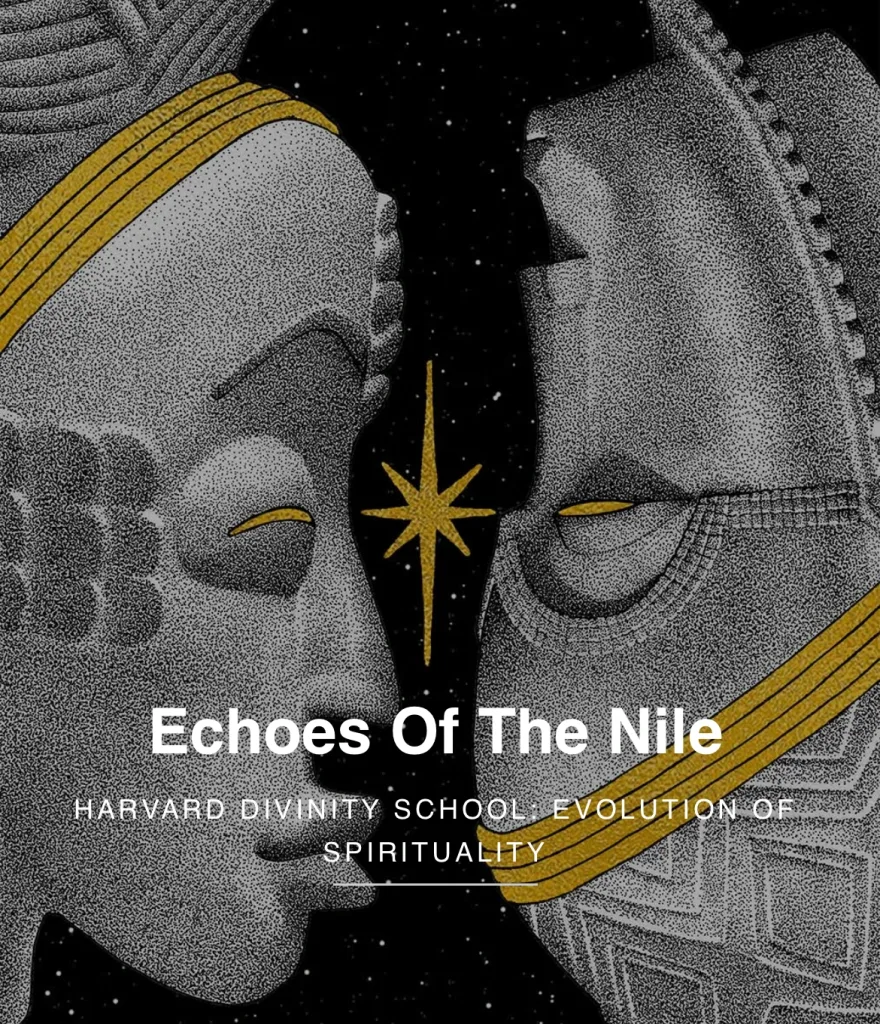
It showcases a diverse array of work which resonates with the articles’ overarching message by reclaiming spiritual technologies, redefining communal values, and weaving ancestral wisdom into contemporary life. Some of this work includes the piece, I Consume Only My Fair Share. This piece turns to the communal act of sharing Injera from a single platter. Multiple hands reach in unison, symbolizing equity and mutual care. In this image, mindful consumption transcends mere sustenance; it becomes a ritual of solidarity that counters modern excess and scarcity. Data reframes abundance as a responsibility we bear toward each other, illustrating how African artists can redirect cultural narratives from individual accumulation to collective nourishment.
In the same vein, I Am Trustful In My Relationships captures two friends gently resting hands on each other’s shoulders, while golden orbs drift skyward between them. The spare backdrop focuses our attention on the palpable energy of trust as a form of ancestral repair. In the wake of systemic traumas—slavery, displacement and enforced isolation—this work posits vulnerability as a radical reclamation of interdependence. By visualizing trust as a generative force, Data shows how artists can reshape narratives of separation into stories of communal resilience and healing.

Known as The Ancestors’ Scribe, Data reclaims symbols once suppressed by colonial erasure, transforming ancestral iconography into contemporary dialogue. Gold ink becomes more than an embellishment—it’s a beacon, marking moments when ancestral insight pierces the everyday.
Curated by Seju Alero Mike of OSENGWA, the virtual—and soon physical—solo exhibition centers decolonial thought by presenting Ma’at’s principles as living tools for healing, not distant artifacts. The exhibition’s meticulous pacing and visual coherence are essential to its message—an intentionality that will echo in the upcoming showcase in the South Side Contemporary Art Gallery. Through Echoes of the Nile, Data not only honours the past but she also charts new cultural pathways, showing that time-honoured wisdom continue to guide our shared journey toward justice, balance, and collective renewal.
3. “Of Movement, Materials and Methods” by Modupeola Fadugba at Gallery 1957:
In the solo exhibition, Of Movement, Materials and Methods, which is set to hold from the 22nd of May to the 29th of June, Nigerian-American artist Modupeola Fadugba speaks to the heart of this article by interweaving tradition, personal memory, and contemporary technique into layered visual storytelling. Presented by the Gallery 1957 during the London Gallery Weekend 2025, Fadugba’s latest body of work is rooted in the enriching cultural experience of the Ojude Oba festival, an annual celebration of Yoruba heritage in Ijebu-Ode, Nigeria.
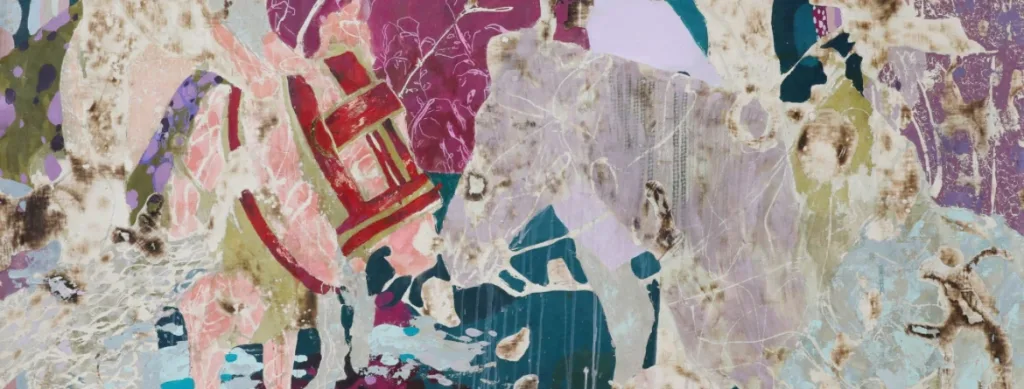
Fadugba’s signature mixed-media style—featuring gold leaf, textured surfaces, and a vivid palette—evokes the vibrant atmosphere of Ojude Oba, characterized by ceremonial regalia and equestrian parades. Blending traditional Nigerian motifs with the intricate compositional style of Islamic miniature painting, she weaves a compelling synthesis of cultural legacy and artistic depth. This interplay is informed by her self-taught, interdisciplinary background, shaped by training in engineering, economics, and education, and sharpened through a life lived across continents.
Cultural symbolism is central to the work. Beading, introduced more prominently in this series, becomes a tactile tribute to inherited wisdom and the hands of women who pass down knowledge through craft. These elements are not mere embellishment—they speak to memory, tradition, and the sustaining power of community. By working with local artisans, Fadugba elevates beading into a collaborative act, reinforcing art’s role as both archive and social engagement—an approach consistent with her interest in socially engaged practices.
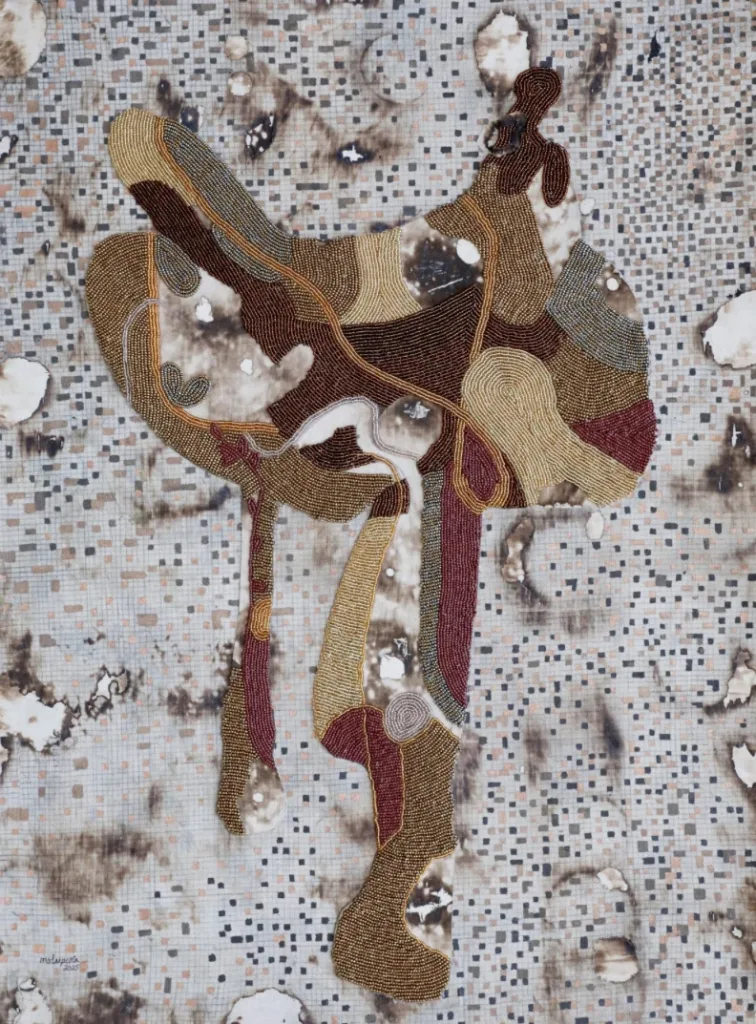
Alluding to collective histories, though her roots lie in Osun, Fadugba finds deep resonance in the communal spirit of Ojude Oba. Her compositions capture both the pageantry of the festival and the internal journey of cultural reorientation—returning to one’s roots while pushing artistic form forward. Through unfinished lines and visible strokes, she invites the viewer into her process, mirroring the fluid, evolving nature of tradition itself—a resonance of her own path as an artist who navigates between disciplines and geographies; and has formed a distinctive sense of self from this.
Her work challenges static models of curation. What does it mean to archive the present? she asks. For Fadugba, memory lives not in vitrines but in everyday rituals—in the streets of Ijebu-Ode, in oral histories, and in the hands of those who keep tradition alive. In this sense, the artist becomes a curator of emotion, folklore, and form.
Your Beauty is Our Concern, Echoes of the Nile, and Of Movement, Materials and Methods is both celebration and reflection. It affirms that African artists are not only preserving culture—they are actively shaping it. Through a fusion of styles, layered symbolism, and bold social commentary, the artists offer portraits of heritage that is rooted, resonant, and continually in motion.
